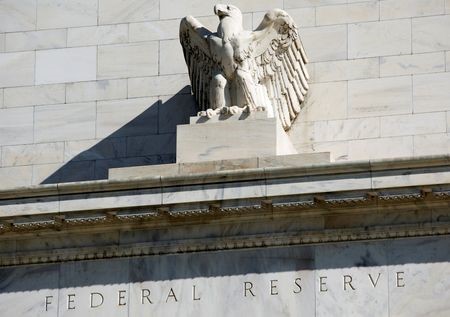




Philippines Trade Update: Trade trajectories trend along
 DOWNLOAD
DOWNLOAD

Policy Rate Updates: Double cut finale
 DOWNLOAD
DOWNLOAD

Monthly Economic Update: One for the road
 DOWNLOAD
DOWNLOAD


Inflows into Asian bonds slow on caution over US rate cuts, elections

Asian bond markets attracted overseas investments for the fifth consecutive month in September, though the pace of inflows slowed due to diminished expectations for further rate cuts by the US Federal Reserve and caution ahead of US elections.
Cross-border investors bought local bonds in Indonesia, India, Malaysia, South Korea, and Thailand, totaling a net USD 4.99 billion, which was less than USD 14.09 billion worth of net purchases the prior month, data from regulatory authorities and bond market associations showed.
Analysts anticipate a further decline in flows into Asian bonds due to the recent strengthening of the US dollar and the increase in US bond yields this month.
The US dollar index hit a two-month high of 103.397, this week, while the yield on US 10-year notes reached a two-and-a-half-month high of 4.12% after strong jobs data and higher-than-expected September inflation reduced expectations for large Fed rate cuts.
Saktiandi Supaat, an analyst at Maybank, noted that near-term risks for emerging market currencies persist, with a potential win by Republican presidential candidate Donald Trump possibly triggering de-risking due to his tariff proposals, while a victory by Democrat Kamala Harris might support a global soft landing and gradual Fed rate easing.
In September, foreigners purchased a net USD 2.76 billion worth of South Korean bonds, less than half the amount received in the previous month, while Indonesian bonds attracted about USD 1.4 billion in overseas capital.
Additionally, foreigners pumped about USD 427 million, USD 253 million, and USD 156 million respectively into Thai, Malaysian, and Indian bonds last month.
However, analysts are optimistic about the inclusion of Asian bonds in global bond indexes, which should bolster inflows.
Indian government securities were added to JPMorgan’s Government Bond Index-Emerging Markets in June 2024 and will join Bloomberg Index Services’ Emerging Market Local Currency Index in January 2025.
Additionally, FTSE Russell will include South Korean government bonds in the World Government Bond Index and Indian bonds in the Emerging Markets Government Bond Index starting in November 2025 and September 2025, respectively.
“Hopefully, the KTB yields’ upward march could be somewhat offset by the capital inflow amid its inclusion into the WGBI Index. The changing rate cut expectations will particularly weigh on higher yielders like IDR rates,” said Samuel Tse, an analyst at DBS Bank.
(Reporting by Gaurav Dogra and Patturaja Murugaboopathy in Bengaluru; Editing by Chizu Nomiyama)
This article originally appeared on reuters.com





 By Reuters
By Reuters